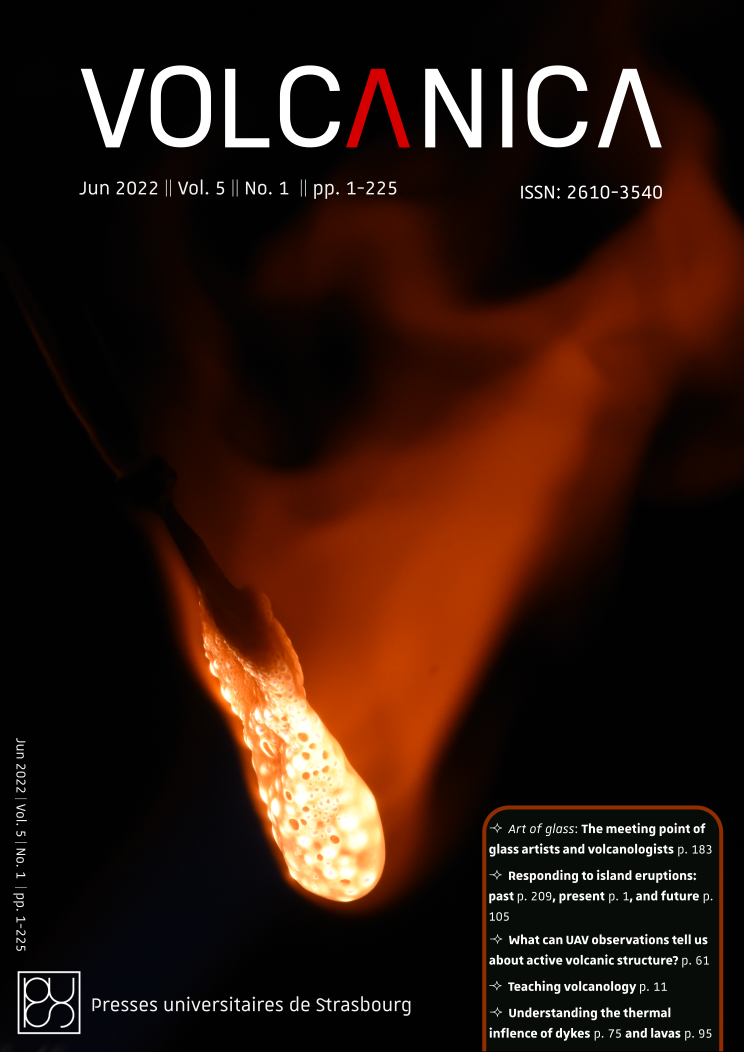Volcanic event management in the Galápagos Islands, Ecuador
Main Article Content
Abstract
The volcanoes of Galápagos, Ecuador, are among the most active in the world, with an average of five eruptions per decade. Monitoring and communication of their activity are essential for timely management of events. In this context, the Instituto Geofísico de la Escuela Politécnica Nacional carries out constant surveillance of Galápagos volcanoes using geophysical monitoring, remote sensing, and field campaigns with the support of the Dirección del Parque Nacional Galápagos. Collaborations with national emergency agencies and international scientists have been key to ensuring the protection of the population, economic activities, and endemic fauna of Galápagos. Since 2010, there have been numerous changes in the way volcanic unrest and eruptions are detected and communicated to decision-makers and the general public. This paper summarizes six eruptions and one period of unrest from different Galápagos volcanoes that occurred in the last decade to illustrate and discuss the evolution of surveillance and hazard communication.
Downloads
Article Details

This work is licensed under a Creative Commons Attribution 4.0 International License.
© The Author(s).
Submission of an original manuscript to Volcanica will be taken to mean that it represents original work not previously published, and not being considered for publication elsewhere.
The Creative Commons Attribution 4.0 International License permits unrestricted use, distribution, and reproduction in any medium, provided you give appropriate credit to the original author(s) and the source, provide a link to the Creative Commons license, and indicate if changes were made.
Accepted 2022-05-30
Published 2022-06-09





